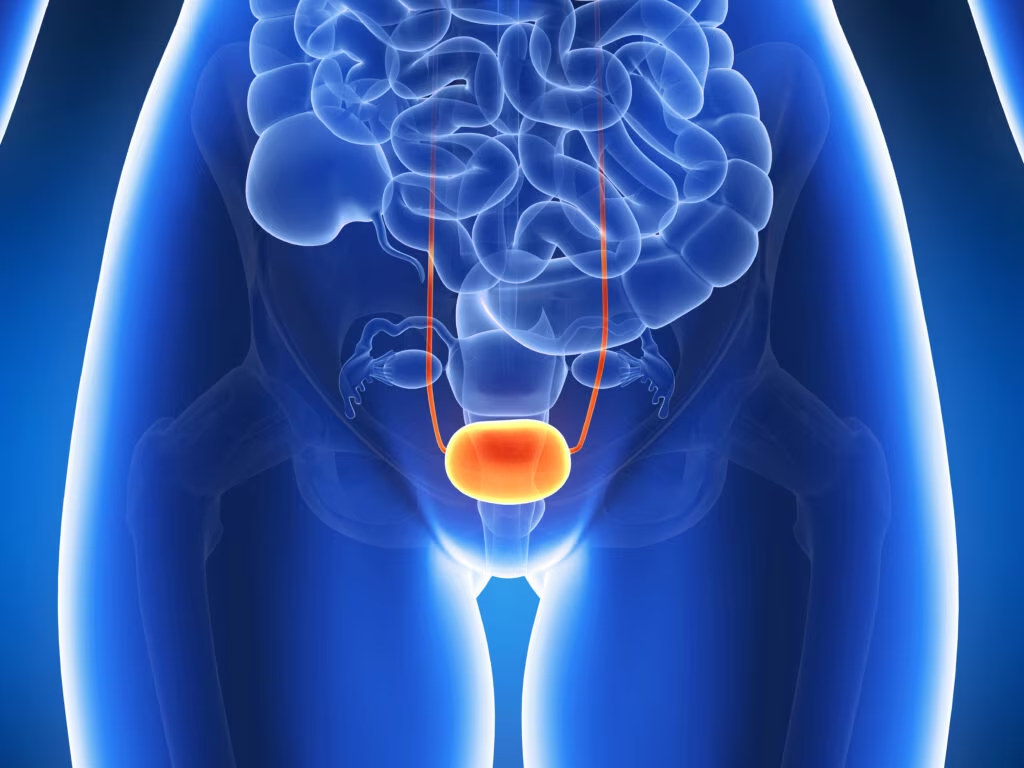Welcome to this issue of touchREVIEWS in Endocrinology, our bi-annual journal that aims to provide a wide range of articles addressing the most important developments in endocrinology.
The increasing prevalence of type 2 diabetes (T2D) worldwide remains the focus of several articles. Complications include diabetic kidney disease, which is a major cause of chronic kidney disease (CKD). In a review article, D’Marco et al. discuss the pathophysiological processes underlying CKD and the therapies targeting these processes, with a focus on finerenone, a nonsteroidal mineralocorticoid receptor antagonist. The high morbidity and mortality associated with T2D emphasizes the need for novel therapeutic approaches, which is reflected in our next two reviews. Doupis, Baris and Avramidis describe the mechanism of action, preclinical and clinical evidence in support of imeglimin, an investigational first-in-class oral agent that appears promising in the treatment of patients with T2D. In an alternative approach, Chatzis et al. consider the success of the use of new antidiabetic drugs on cardiovascular outcomes in patients with T2D, and suggest a paradigm shift from glucose-centric to cardiorenal-metabolic treatment approaches.
Despite advances in diagnosing and treating gestational diabetes mellitus, controversies persist. Zera and Seely review these controversies, with the aim of enabling clinicians to make patient-centred decisions.
Next, our attention shifts to a less-recognised disease class: long-chain fatty-acid oxidation disorders. Baker and Burton provide a comprehensive overview of these disorders, their differential diagnoses and advances in their treatment and management.
Non-alcoholic steatohepatitis (NASH) is becoming a growing global healthcare concern, yet many patients remain undiagnosed. Schwartz, Lucas and DeLegge review the pathophysiology, comorbidities, screening and treatment of NASH, stressing the importance of incorporating its identification into routine clinical practice.
Obesity, another increasing healthcare burden, is the subject of our next review. Williams et al. appraise the growing body of clinical evidence supporting the use of glucagon-like peptide-1 receptor analogues in the treatment of people with obesity, and highlight the need for a cost-effective approach to obesity pharmacotherapy.
Craniopharyngiomas are rare benign neoplasms traditionally treated by surgery and radiotherapy, which are associated with serious complications. Alexandraki and Xekouki discuss recent advances in molecular-targeted therapies, which could potentially transform the management of patients with craniopharyngiomas.
Vasomotor symptoms, including hot flushes and night sweats, affect three-quarters of menopausal women, but hormonal treatments are not suitable for all. Sahni, Lobo-Romero and Smith review non-hormonal pharmacologic therapies for the treatment of menopausal symptoms.
Finally, we present a rare case of congenital adrenal hyperplasia due to an enzymatic defect of CYP17A1, early recognition of which is essential for optimal outcomes.
touchREVIEWS in Endocrinology wishes to thank all expert authors who contributed to these insightful articles. We are grateful to all organizations and media partners for their ongoing support, as well as our editorial board for their continued involvement and advice. Please also look at our website, www.touchendocrinology.com/, which features a host of expert content. We hope that you will find this edition of touchREVIEWS in Endocrinology useful and enjoyable.
John Doupis
Dr John Doupis is director of the Diabetes Division of Iatriko Palaiou Falirou Medical Center, and the Internal Medicine and Diabetes Department of the NS Naval Hospital, Athens, Greece. He is a former clinical research fellow of the Joslin Diabetes Center, Harvard Medical School, Boston, MA, USA, and scientific partner of the Joslin–Beth Israel Deaconess Foot Center, also at Harvard Medical School in Boston. He has served as a principal investigator in many multicentre phase I, II, III and IV clinical trials, most of which have been published in international journals or presented at congresses. He is a registered reviewer and a member of the editorial board for many major diabetes medical journals. He has given numerous lectures in national and international congresses, presenting over 200 abstracts. His special areas of interest are diabetes and its complications, diabetic foot, diabetes-related smart technology including mobile apps and telemedicine, and obesity.












